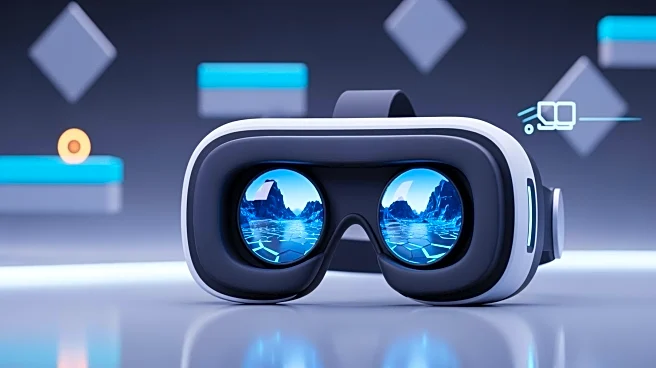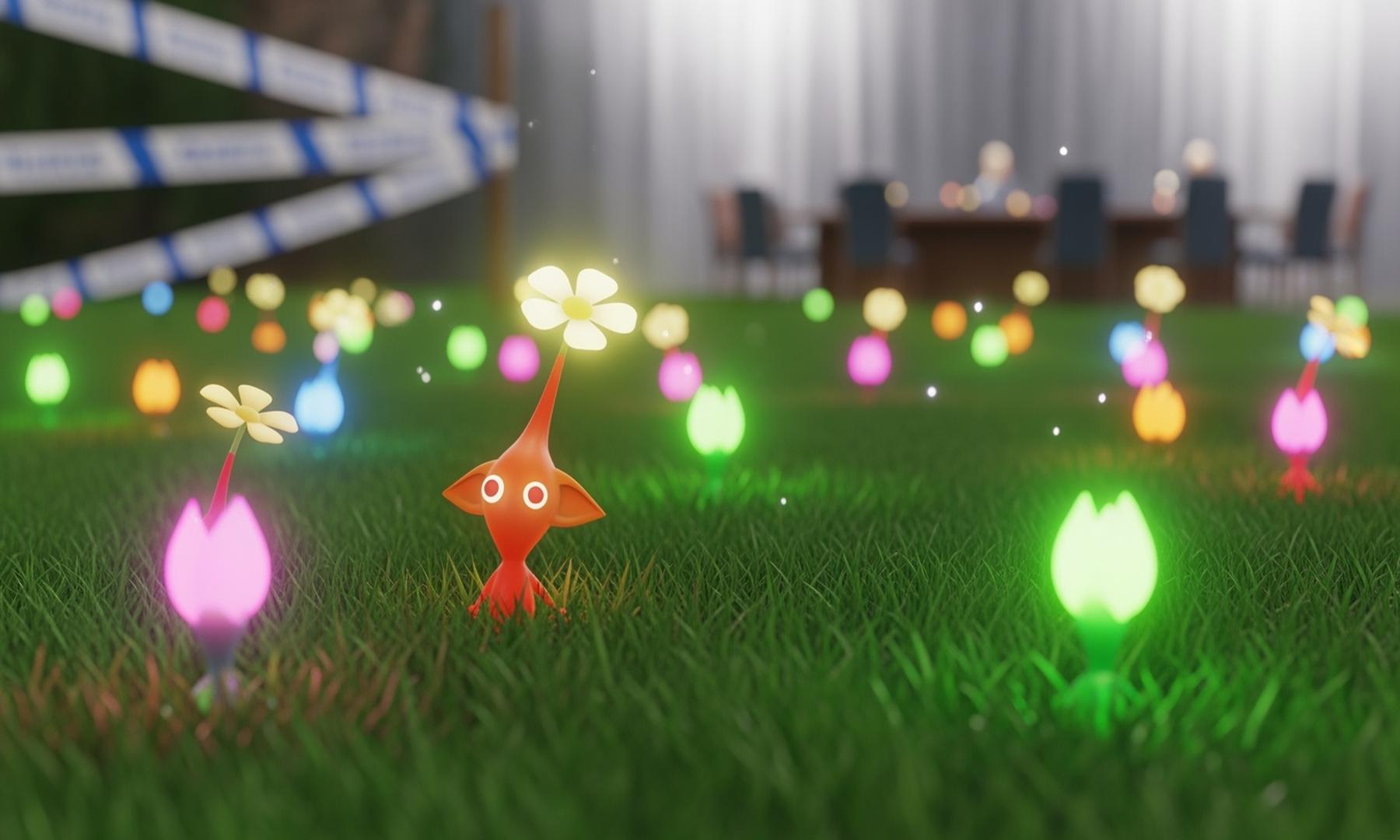What's Happening?
nDreams has released a new VR action-platformer game titled 'Reach', which focuses on providing an immersive experience through innovative movement mechanics and combat. The game allows players to engage
in activities such as running, jumping, and climbing, with a unique arm-raising gesture to enhance the jumping experience. While the movement mechanics are praised for their natural feel and immersive quality, the combat system has received mixed reviews. The primary weapon, a two-handed bow, limits the player's movement during combat, which some players find restrictive. Additionally, the game features a shield and the ability to use enemy weapons, but these options are limited by design choices that affect gameplay fluidity.
Why It's Important?
The release of 'Reach' is significant as it showcases the potential and challenges of VR gaming, particularly in the action-platformer genre. The game's innovative movement mechanics could influence future VR game designs by emphasizing natural and immersive player interactions. However, the combat system's limitations highlight the ongoing challenge of balancing movement and combat in VR environments. This could impact how developers approach VR game design, potentially leading to more refined and integrated systems in future releases. The game's reception may also affect nDreams' reputation and influence their future projects in the VR space.
What's Next?
As players continue to explore 'Reach', feedback on the game's mechanics and pacing will likely inform nDreams' future updates or patches. The company may consider addressing the combat system's limitations and pacing issues to enhance player experience. Additionally, the game's reception could guide nDreams in developing future VR titles, potentially leading to innovations in VR gameplay mechanics. The broader VR gaming community may also take note of 'Reach's' successes and challenges, influencing industry trends and the development of new VR technologies.
Beyond the Headlines
The release of 'Reach' also raises questions about accessibility and comfort in VR gaming. The game's use of smooth rotation and rotating platform puzzles has been noted as a potential cause of motion sickness for some players. This highlights the need for VR developers to consider comfort and accessibility options to ensure a wider audience can enjoy their games. As VR technology continues to evolve, addressing these issues will be crucial for the industry's growth and the adoption of VR gaming by a broader audience.











